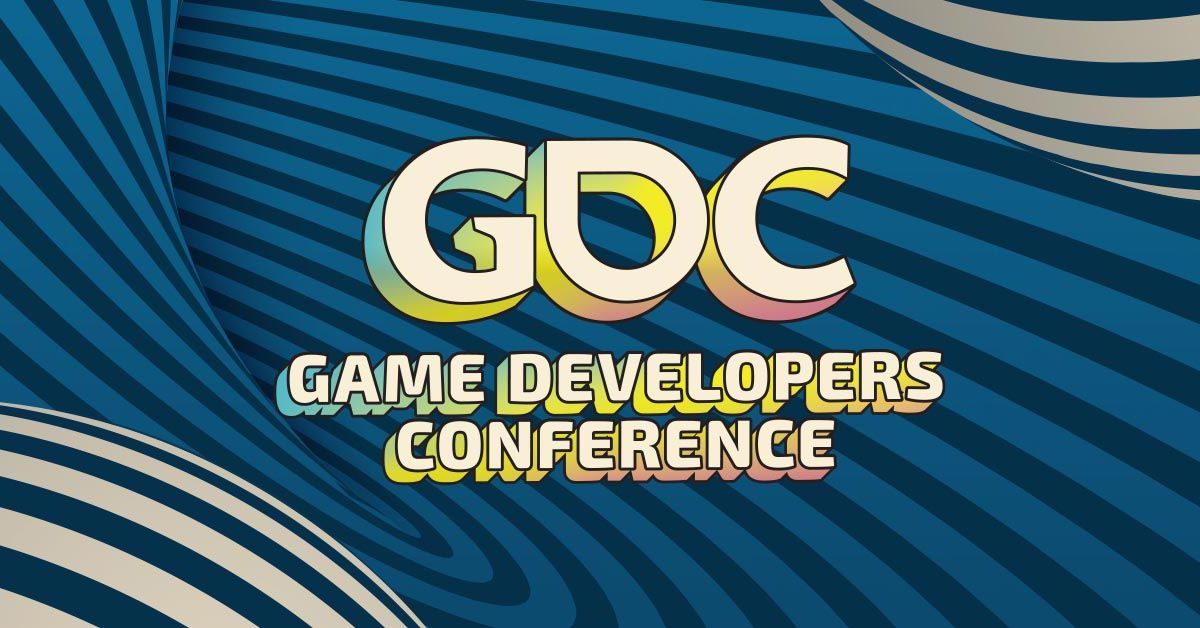In Part Two of our takeaways from 2023, Mobile Game Doctor's experts delve into the transformative trends and personal reflections from 2023, setting the stage for what's to come in 2024. They address the challenges imposed by market dynamics, privacy changes, and the evolving landscape of player engagement, emphasizing the need for adaptation and innovative thinking.
From the importance of narrative in driving user retention to exploring new platforms for game discovery and the impact of technological advancements, our team shares a comprehensive overview of the strategies and mindsets that will shape the future of mobile gaming.
Dave Rohrl
The biggest challenges in mobile games in 2023 were the continued impact of Apple’s privacy changes and a sour macroeconomic environment. Apple’s policies made it far more difficult for marketers to precisely target high value users on iOS, which tends to be a better monetizing platform than Android. And concerns about the macroeconomic environment have led to both a dramatic decrease in venture capital funding (especially in games) and a significant increase in commercial interest rates. These changes have made it much more difficult for developers to afford to spend money to acquire new users whose costs they may not recoup for 180 days or more, especially if they need to fund that user acquisition through debt rather than cash in hand.
In an environment where user acquisition at scale is difficult to execute, designers and product managers need to have a strong focus on retaining users and keeping them consistently engaged. When new users are too expensive to acquire efficiently, mobile game businesses perform best by keeping the players they already have playing and - as a natural result of playing free-to-play games over time - paying. This means making sure that your content teams are generating a steady stream of content on time and at high quality and that your development teams are creating and perfecting critical features that will keep entrenched players coming back for more. When every churned player has an unacceptable replacement cost, long-term retention becomes by far and away the most important aspect of your product.
David Nixon
Wow. In 30+ years in the games industry, 2023 was the hardest one I remember, in some ways. Certainly there were tough years in the past, but I feel like in those times there was always something up-and-coming to get behind and push. In 2023, I feel like the whole industry lost confidence and momentum with a demoralizing series of punches and body blows:
1) Web 3/Crypto games crash hard
2) Mobile looses steam post-covid
3) Meta’s metaverse debacle
4) Everyone else’s metaverse debacles
5) Fears of a global recession hits corporate confidence
6) Wars in Ukraine and Isreal
7) Unity’s botched business model announcement
8) Weekly tech layoffs
The list just seemed to go on and on, week after week. And on top of that, that “new thing” that will advance could take investment of time, creativity, and money and turn it into new players and new ways to surprise and delight seemed conspicuously missing the whole year (for me, anyway).
But what doesn’t kill you makes you stronger, right? We’re all still here, making and playing games we love, and sharpening our skills to prepare for our resurgence. For me, identifying the “things” that usher in that resurgence is priority #1. Oh - I don’t want to actually BUILD the products that define it anymore, but I want to hep, and I do see some intriguing trends that just need to be turned just the right way, connected with the right technology, leveraged into compelling broadly-appealing content by the right talent, and brought to marketing in the right time and place to bring us to a new level. I’m particularly watching the console market very carefully because I think the next big thing has more in common with those games than with what is happening on mobile or PC right. Glimmers show through in Hogwarts Legacy, Baldur’s Gate 3, June’s Journey, Everdream Valley, and some other games I’ve seen but cannot talk about yet. After more than 30 years, I have confidence we’ll figure it out.
Tadhg Kelly
The games industry is going through some interesting times. Multiple mature platforms seem to have slowed for one reason or another while newer platforms meant to take up the mantle of innovation have stalled (or even retreated). Layoffs are commonplace, even while tentpole hits exceed expectations. Funding for projects seems to have dried up and a lot of back-to-basics talk is bubbling up from investment circles in an economy of high interest rates.
All in all, the prevailing winds seem ill for games. How should you read them and plan ahead?
Well first, there are three things to understand here:
1. The games industry continues to grow and rival all other forms of entertainment. Games are, and will remain, the most dynamic form of entertainment in the world.
2. The industry regularly goes through pivots. Conventional wisdom and best practice are always moving targets, and what seemed to work last year needs rethinking for next year.
3. Blowout success in games often comes from unlikely corners because context is king. If you’re not innovating on what came before you, you’re probably in deeper trouble than you realize.
So, although we’ve been going through some tough times for the past 18 months, it has all happened within fairly typical boundaries. It’s also why I’m increasingly bullish for 2024 and beyond. Not only will games settle down after a period of uncertainty, they’re about to strongly grow once again.
Take mobile, for example. The conventional wisdom about the mobile gaming sector is that a hypercasual boom of rapidly iterated fun games stalled owing to changes in advertising privacy rules. Some have translated this as mobile being “over” and attempted to jump ship to Web3. But that’s probably an overly-panicky response given the mobile games industry is worth about $100bn annually. What’s happening in mobile is the same thing that happens to all platforms once they develop a matured audience: Expectations are rising. Most of the fundamental models that drive success are still the same, with the same kind of quick engagement design mixed with smart marketing strategies. But mobile games are starting to look richer, play more deeply and evolve into more original games. This means mobile developers need to adjust how they approach the market and what genres are likely to see success, but that’s nothing new.
Another example is the fear that game developers, publishers and investors have around discoverability. There is a perception that there are simply too many games and no new games have a realistic chance to break through. But have you been paying attention to Roblox? No really, have you? Roblox is often cited as an example of what the metaverse might one day emerge from, but today Roblox is actually a fantastic discovery engine. It’s like a 3D version of Newgrounds or Kongregate, platforms that maybe don’t monetize well but attract huge amounts of organic interest from younger players. It might be a perfect place to launch your game’s brand, to release a free mini-game version of it or otherwise acquire attention that you might otherwise have to pay for.
A third example: If you’re a developer looking to find a way to make some noise in the independent spaces, pay attention to “decks”. Nintendo Switch defined and owned this category a few years ago, but in 2022 something new started to happen that few predicted. Steam Deck and a variety of competitors began testing the ground of more general deck gaming, and the shape of that market is excitingly uncertain (even the relatively underpowered PlayStation Portal has sold out) but has attracted a high degree of interest, for example in the gaming media. It seems to particularly reward low-cost games worth buying and trying (Vampire Survivors is a common example) as well as long-term engaging genres like survival games or open world games.
A fourth example: The sleeping dragon of Web3 will probably stir into life again in 2024. While 2021-22 were largely marked by rushed projects driven by speculation (some, in fairness, of dubious provenance) the allure of the technology remains and still inspires many developers to find ways to use it. With the recent events in the Google/Epic case particularly likely to lead to liberalization of app markets and the users behind them, I would pay much closer attention to this sector after a wintry 2023.
Finally there’s AI. Many of us are scrambling to understand the value that LLM-driven AI can potentially bring. Just a year ago the idea that AI-driven characters, mechanics and even analytics were just around the corner seemed like science fiction. Yet here we all are, learning to use prompts, generating concept art and experimenting with AI’s application to data and liveops. I personally expect the changes coming out of this sector to be profound.
The road ahead doesn’t look like the road behind. But what this actually means is that it’s time to double down on games.










